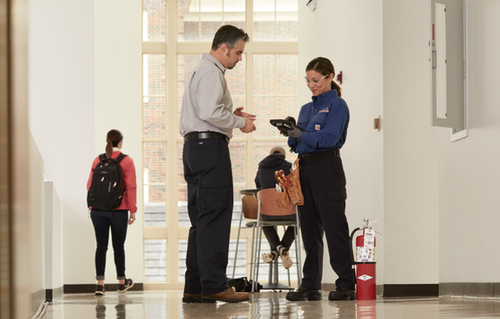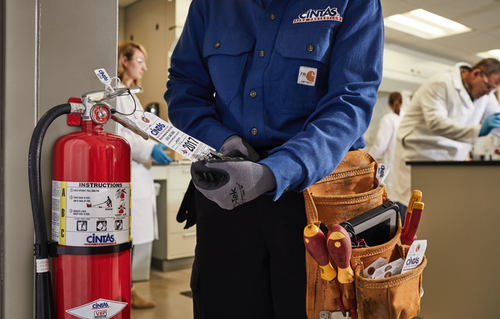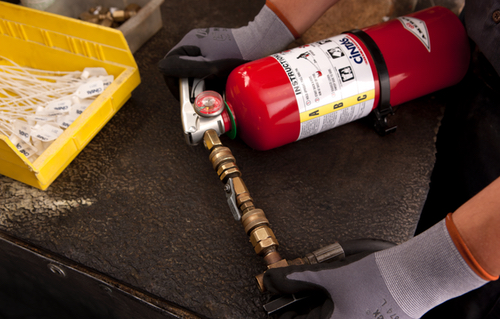Fires affect thousands of companies each year resulting in injury, lost customer trust and building damage. By establishing a fire prevention and preparedness program, you can help avoid injuries to your employees and visitors, costly damages, and potential fines to your business. Below are some best practices to help prepare your facility for a fire emergency.
Implement a Fire Emergency Evacuation Plan – Emergency response is easier when everyone knows their respective responsibilities. Establish a detailed fire emergency evacuation plan that dictates how to respond, when to respond, and identifies a path of egress. If employees have special needs or require special attention, address these details in the plan.
Establish a Fire Prevention Plan – A fire prevention plan provides facilities with documentation outlining the employees responsible for identifying combustible materials, fire hazards and heat-producing equipment. It also outlines the procedures necessary to prevent potential emergencies. The fire prevention plan should be communicated with all employees and available in writing for review at any time.
Train Team Members – On an annual basis, the Occupational Safety and Health Administration (OSHA) and NFPA require fire extinguisher training for employees. Every employee should receive required training and be briefed on new or updated regulations.
Maintain Emergency and Exit Lights – To ensure paths of egress and exits stay illuminated at all times, implement a routine maintenance plan to check lights and replace broken or burnt out bulbs. In addition, regularly test emergency backup power and exit lights to confirm they are functioning.
Practice Proper Housekeeping Techniques – Daily housekeeping tasks play an important role in keeping facilities clear of fire hazards. Make sure trash and packing materials are in metal containers with tight-fitting lids. Clean up flammable materials immediately, including chemical spills and oil to reduce the risk of fire. Likewise, extra storage and equipment should be in proper storage areas clear of aisles or fire exits and not interfering with automatic sprinkler systems.
Create a Fire Emergency Response Team – Develop a team of individuals who are trained and educated in fire emergency plan procedures and are willing to enforce fire safety and prevention methods throughout the building. The team members will assist others during a fire emergency and help guide people to safety.
Preventative Maintenance – Enlisting a licensed and certified fire protection company provides facility managers with quality inspections, safety tests and repairs to fire protection equipment. Establish frequencies as outlined in NFPA code by the equipment manufacturer and the local Authority Having Jurisdiction (AHJ).
By following these guidelines you can be sure your facility and your employees will be prepared in a fire emergency and be able to react properly and safely.
CINTAS CAN HELP KEEP YOUR BUSINESS READY™
- On-site assessment to discuss fire protection solutions for your business*
- Customized service dates that fit your busy schedule*
- Routine testing, inspection and maintenance of your fire protection equipment*
-

On-site assessment to discuss fire protection solutions for your business*
-

Customized service dates that fit your busy schedule*
-

Routine testing, inspection and maintenance of your fire protection equipment*
*Certain services may not be available in all markets
get started